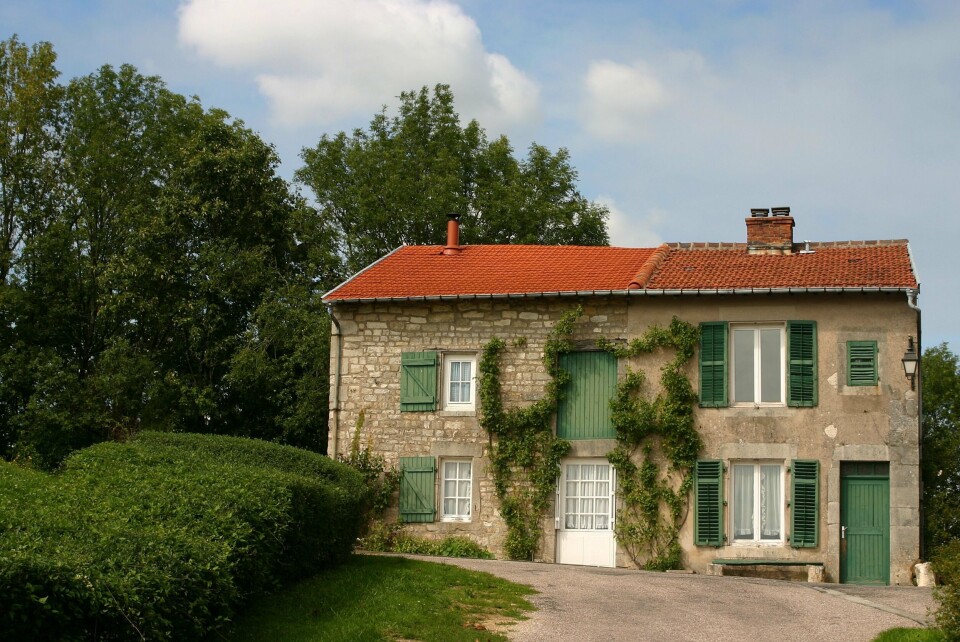-
Find a rural home in France for under €100,000 without renovation hassle
See country houses for sale within this budget that are ready to move in to
-
How many Britons have second homes in Nouvelle-Aquitaine - and why do they choose it?
UK nationals are the largest foreign community of second-home owners in the region
-
French second-home visa issues raised in House of Lords
British people experience an "expensive and bureaucratic process" to continue living in France
Where is a local tax surcharge applied on second homes in France?
More communes are opting for the highest possible taxe d’habitation increase. We explain the rules for when this surcharge can be applied

Over 200 communes in France chose to increase the taxe d’habitation paid by second home owners in 2022.
Taxe d’habitation (occupancy tax) has been gradually phased out for all main residences and in 2023 none will pay it.
Read more: French taxe d’habitation: Who is fully exempt in 2022?
However, the tax remains in place for all second homes and in zones tendues – areas with more than 50,000 inhabitants where there is a housing shortage – a surcharge of five to 60% can be imposed if the local council so chooses.
In 2022, 1,136 communes were deemed eligible to apply this surcharge with 255 choosing to do so, compared to 233 in 2021 for the same number of qualifying towns.
Half of the communes which do opt to apply a surtaxe d’habitation impose it at a rate of 20% or less while 30% impose the maximum 60% surcharge.
In 2021, only 18% of eligible communes applied the highest rate.
Towns and cities in which the 60% rate is in place include Lyon, Paris, Guérande (Loire-Atlantique), Chessy (Seine-et-Marne), Ferney-Voltaire (Ain), Villefranche-sur-Mer (Alpes-Maritimes), Arles (Bouches-du-Rhône) and Marseille.
Alpes-Maritimes is the department with the highest number of communes with a second home surtaxe d’habitation, with 54 of the 255 towns. Haute-Savoie comes second with 36, and then Var with 26.
Read also: French taxe foncière exemption for eco-renovations: how does it work?
A full list of all the communes which have applied the surcharge this year has been published by France’s Direction générale des finances publiques.
It can be found here.
The number of communes in which a surcharge can be introduced is set to increase to 5,000 as a result of the government’s projet de loi de finances pour 2023 budget, which will remove the stipulation that a town must have 50,000 inhabitants to be classed as a zone tendue.
A list of the new additions to the zones tendues list has not yet been published, as the bill is still being studied by parliament.
Read more: Six changes for drivers in France in 2023
Related articles
Second home tax increase: Where in France may be affected by new law?
Marseille joins other French cities to impose maximum second home tax
Protests against second homes in Brittany as housing debate continues
























